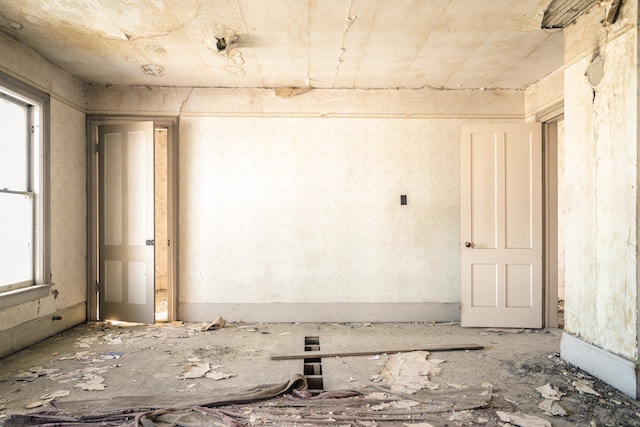Tips for Renovating an Older Home
Historical homes, like the brick rowhouses found throughout Baltimore, are architectural time capsules. At a time when nearly every modern house is built with little more than concrete and plywood, the masonry and craftsmanship found in these older buildings is a testament to the fact they really don’t make them like they used to. When renovating an old home, owners can get the most out of it by taking modern design, materials, and styling and merge it with old world craftsmanship. Each remodel begins with figuring how modern you want to make the homes’ new bells and whistles. Whether the newest gadget is central air or a smart home monitoring system, every remodel can receive the necessary updates for each owner.
If you’re renovating a Baltimore rowhouse or similarly historical home, there are some things you should know before you start your renovation project. The first thing you want to do if you live in an older home is to check with your local city officials to see if your building is considered a historical landmark. If you live in a historical district, chances are your house falls under the National Register of Historic Places. What this means is that you need to keep the original appearance and color of the exterior of the house.
If you want to build an addition to your older home or change the color, you will need a building permit and approval by the committee of the historical district in which you reside.
Renovating Kitchens and Bathrooms
Fortunately, when it comes to renovating an older home for kitchens and bathrooms, you have a lot more freedom to do what you want. The National Historic Act of 1966 mostly applies to the appearance to the exterior of a historical building. This is now the 21st century, and modernizing kitchens and bathrooms in older homes is quite common.
A current trend in modernizing kitchens in older homes is installing counter depth refrigerators, ovens, and dishwashers to better preserve the historic charm. By opting for appliances flush with the counters and cabinets, homeowners can enjoy the benefits of modern technology without these amenities clashing with a historic aesthetic.
Restoring bathrooms in an older house can be a plumbing and electrical nightmare. Before you start any demolition work, it’s highly advised to call a professional plumber and electrician. Old pipes and wires in those days did not have to follow any type of building codes. It’s a good idea to call a plumber and electrician who is experienced with construction methods used in this era.
Restoring Original Parts
When it comes to restoring original parts of an older house, a more careful approach needs to be considered. Replacement parts for items like railings, stairs, banisters, wood trim, doors, windows, and wood floors in historical homes is not recommended. You can actually lower your property value with replacement parts. It’s always best to call a professional contractor that’s experienced in historical restoration to restore your older parts back to their original condition instead of replacing them.
Final Thoughts on Remodeling an Older Home
Most historical homes are built on granite blocks and mortared-rock wall foundations with dirt floors. The structural integrity of your older home depends on the foundation for which it sets on. Erosion and weight over time for older foundations are both responsible for uneven floors, cracked walls, busted pipes, separated electrical wires, and non-working windows and doors. It’s not uncommon to see a lot of added support columns and beams in the cellar of an older house. It’s highly advised to check the integrity of your foundation before you start any renovation projects. Remodeling an older home can have a lot of challenges; however, preserving the history of your house will have long-term benefits that can be enjoyed by you and future generations to come.

